
Alois Kubíček: Willem Marinus Dudok
Source
Styl IV (IX, 1923-24), s.99-105
Styl IV (IX, 1923-24), s.99-105
Publisher
Petr Šmídek
16.07.2013 06:00
Petr Šmídek
16.07.2013 06:00
Willem Marinus Dudok
At the international exhibition of urban construction, held in the summer of 1923 in Gothenburg, the Netherlands surprised everyone with its remarkable exhibition, showcasing not only a wealth of works by architects who developed a distinctive character in domestic art but also a number of cities that entrusted the solutions to important construction problems to their foremost artists.
The impressive harmony between artists and builders created a whole series of cultural achievements in the Netherlands, with which the country proudly presents itself to the world, believing it is experiencing a remarkable period of artistic consolidation. Therefore, the example of the Netherlands is followed everywhere, and the influence of domestic art spreads far beyond the borders of its homeland.
And while domestic creation was dominated by various schools, it is evident that it was the serious work of Berlage that had to precede it, so that the younger generation could gain the conviction of the possibility of forming their own art even in a small country.
From Berlage's school also came the architect W. M. Dudok, the city architect of the rapidly flourishing city of Hilversum near Amsterdam. His work is guided by the principles of urban construction. The artist himself expresses this: “The architectural intention must always be not to build houses but to create streets.” This does not diminish the individuality of his creation, revealing that he elevates above all the order that applies to every architect if they are a true artist.
In a relatively short time, W. M. Dudok created a series of remarkable works, of which we present some examples. They particularly include: the Boschdrift colony and the workers' colony in Hilversum.
At the entrance to the first colony, he placed the baths and topped the whole with effective school architecture, in which he showcased best that influenced by J. P. Oud and L. Wright, he developed his own conception of the architectural task.
The extensive workers' colony, in which the city of Hilversum has been building for the past 7 years and which has over 566 apartments, a public reading room, and 2 schools, is a good example of systematic urban development, led by one architect, creating a coherent work of localized life and its needs.
The secondary and commercial school in Hilversum is one of the oldest works of architect Dudok, with which he began a series of his major projects.
Dudok defines his artistic efforts briefly in his letter:
“For me, architecture is just like music, an art of proportions. I completely renounce traditional expressions of monumentality and try to bring life into my work through the effect of mass and its movement and rhythm. Detail is, of course, subordinated to the whole, having a subordinate meaning of its own. I seek rich mass articulation, powerful grouping, in short, a plastic impression, and I strive to achieve the most expressive result with the simplest means.”
The impressive harmony between artists and builders created a whole series of cultural achievements in the Netherlands, with which the country proudly presents itself to the world, believing it is experiencing a remarkable period of artistic consolidation. Therefore, the example of the Netherlands is followed everywhere, and the influence of domestic art spreads far beyond the borders of its homeland.
And while domestic creation was dominated by various schools, it is evident that it was the serious work of Berlage that had to precede it, so that the younger generation could gain the conviction of the possibility of forming their own art even in a small country.
From Berlage's school also came the architect W. M. Dudok, the city architect of the rapidly flourishing city of Hilversum near Amsterdam. His work is guided by the principles of urban construction. The artist himself expresses this: “The architectural intention must always be not to build houses but to create streets.” This does not diminish the individuality of his creation, revealing that he elevates above all the order that applies to every architect if they are a true artist.
In a relatively short time, W. M. Dudok created a series of remarkable works, of which we present some examples. They particularly include: the Boschdrift colony and the workers' colony in Hilversum.
At the entrance to the first colony, he placed the baths and topped the whole with effective school architecture, in which he showcased best that influenced by J. P. Oud and L. Wright, he developed his own conception of the architectural task.
The extensive workers' colony, in which the city of Hilversum has been building for the past 7 years and which has over 566 apartments, a public reading room, and 2 schools, is a good example of systematic urban development, led by one architect, creating a coherent work of localized life and its needs.
The secondary and commercial school in Hilversum is one of the oldest works of architect Dudok, with which he began a series of his major projects.
Dudok defines his artistic efforts briefly in his letter:
“For me, architecture is just like music, an art of proportions. I completely renounce traditional expressions of monumentality and try to bring life into my work through the effect of mass and its movement and rhythm. Detail is, of course, subordinated to the whole, having a subordinate meaning of its own. I seek rich mass articulation, powerful grouping, in short, a plastic impression, and I strive to achieve the most expressive result with the simplest means.”
The English translation is powered by AI tool. Switch to Czech to view the original text source.
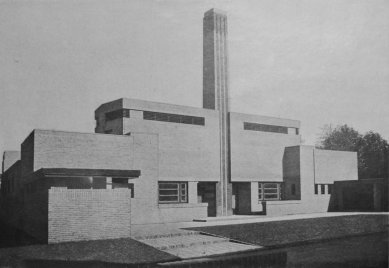
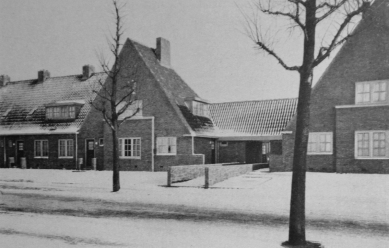
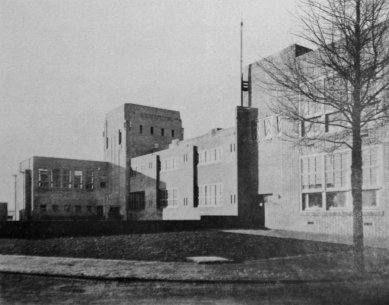

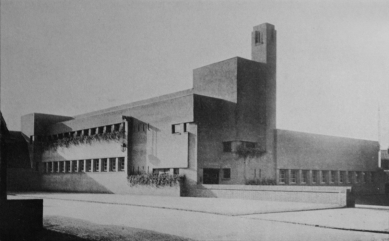
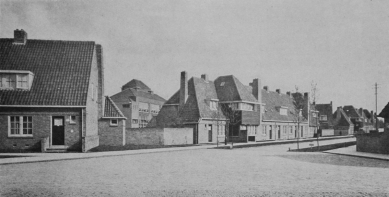
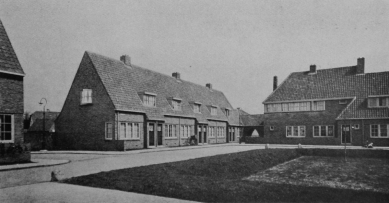
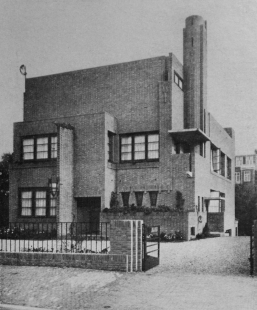
3 comments
add comment
Subject
Author
Date
Holandský expresionismus
Vích
16.07.13 09:36
...
ondrejcisler
16.07.13 10:13
>>Vích
T. Fiala
16.07.13 02:49
show all comments









